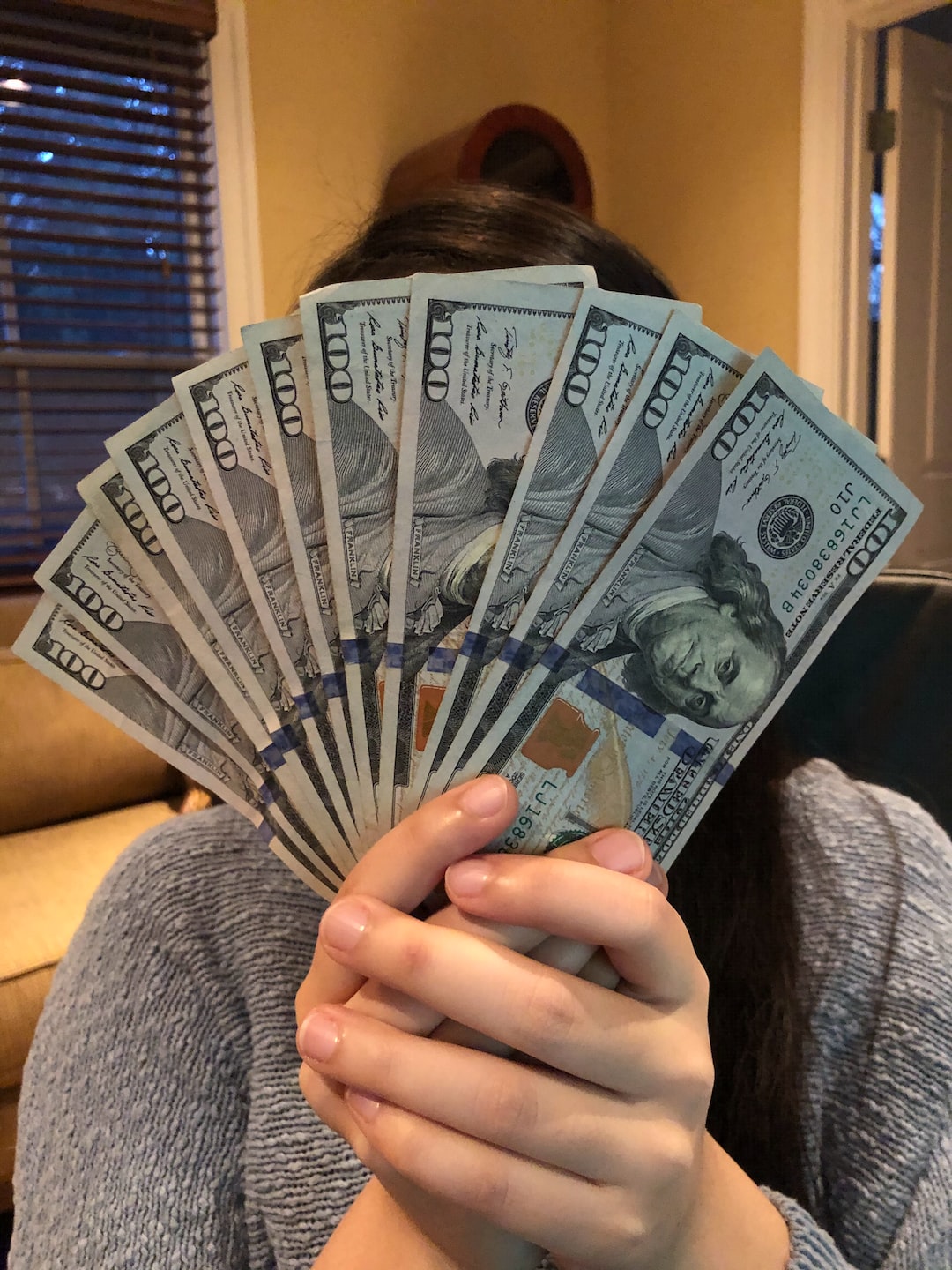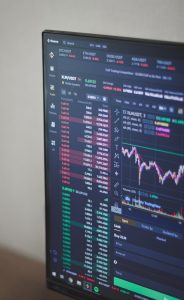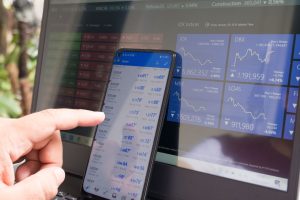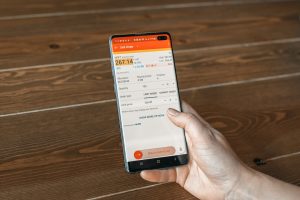Forex trading, also known as foreign exchange trading, is the act of buying and selling currencies from different countries. It is a decentralized market, which means that it operates 24 hours a day, 5 days a week, and is not controlled by a central authority. Forex trading is conducted electronically over-the-counter (OTC), and participants can trade currencies from anywhere in the world.
Forex trading works by exchanging one currency for another at an agreed-upon price. The value of each currency is determined by market forces such as supply and demand, economic and political factors, and other macroeconomic indicators. The exchange rate between two currencies is the price at which one currency can be exchanged for another.
The forex market is the largest financial market in the world, with an estimated daily trading volume of $5.3 trillion. It comprises many different players, including banks, financial institutions, corporations, hedge funds, and retail traders. Each player participates in the market for different reasons and with different strategies.
The forex market is open 24 hours a day, 5 days a week, from Sunday at 5:00 PM EST to Friday at 5:00 PM EST. This means that traders can trade currencies at any time of the day, depending on their time zone. The market is divided into three sessions: the Asian session, the European session, and the US session. Each session has its own characteristics and trading opportunities.
To participate in forex trading, traders need to open a trading account with a forex broker. The broker acts as an intermediary between the trader and the market, providing access to trading platforms, market data, and other trading tools. The broker charges a commission or a spread for their services.
Once the trader has opened a trading account, they need to fund it with a certain amount of capital. The amount of capital required depends on the type of trading account and the trader’s trading strategy. Traders can start with a small amount of capital, such as $100, but they need to be aware of the risks involved.
Traders can trade currencies in different ways, including spot trading, futures trading, options trading, and CFD trading. Spot trading is the most common type of forex trading, where traders buy and sell currencies at the current market price. Futures trading involves buying or selling currencies at a predetermined price at a future date. Options trading gives traders the right but not the obligation to buy or sell currencies at a predetermined price. CFD trading allows traders to speculate on the price movements of currencies without owning the underlying assets.
To make a profit in forex trading, traders need to buy low and sell high or sell high and buy low. They can do this by analyzing the market and using technical and fundamental analysis. Technical analysis involves using charts and technical indicators to identify trends and trading opportunities. Fundamental analysis involves analyzing economic and political factors that affect the value of currencies.
Traders can also use leverage to increase their trading capital and potential profits. Leverage allows traders to control a larger position with a smaller amount of capital. For example, if a trader has a leverage ratio of 1:100, they can control a position of $100,000 with $1,000 of capital. However, leverage also increases the risks of losses, and traders need to manage their risks carefully.
In conclusion, forex trading is a complex and dynamic market that offers many opportunities for traders. It works by exchanging one currency for another at an agreed-upon price, with the value of each currency determined by market forces. To participate in forex trading, traders need to open a trading account with a forex broker, fund it with capital, and use trading strategies and tools to make a profit. Forex trading involves risks, and traders need to manage their risks carefully to succeed in the market.





